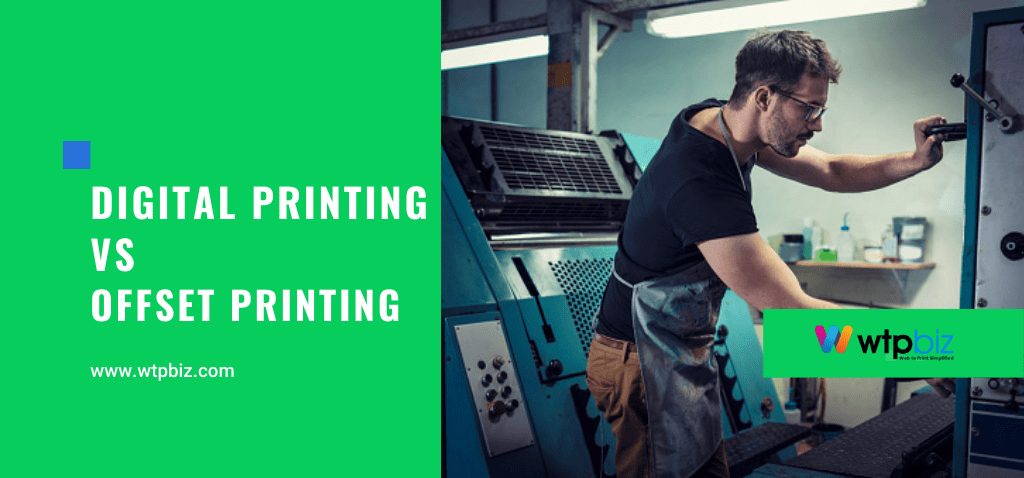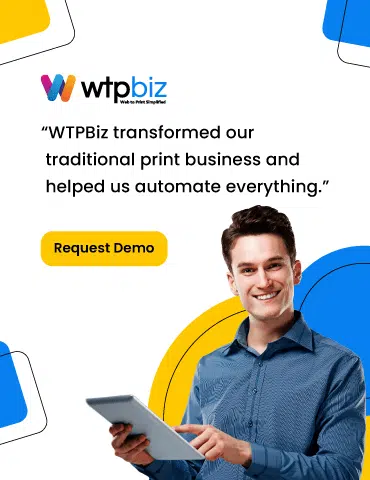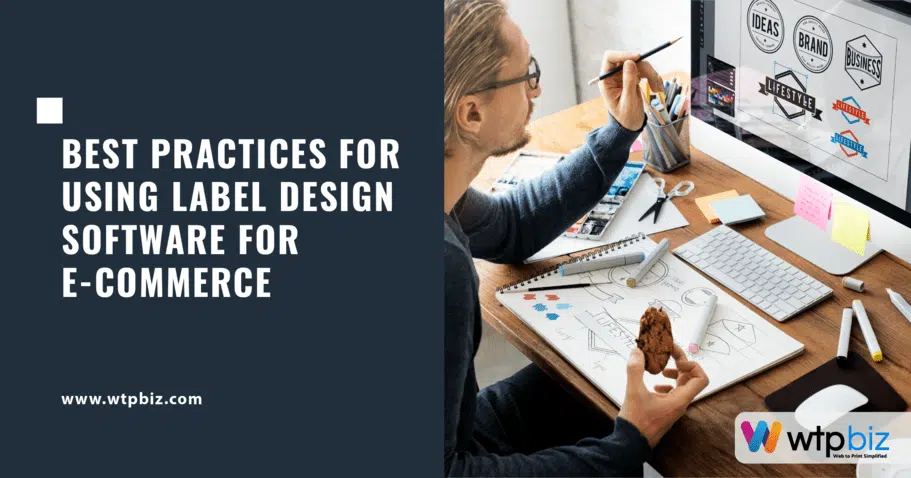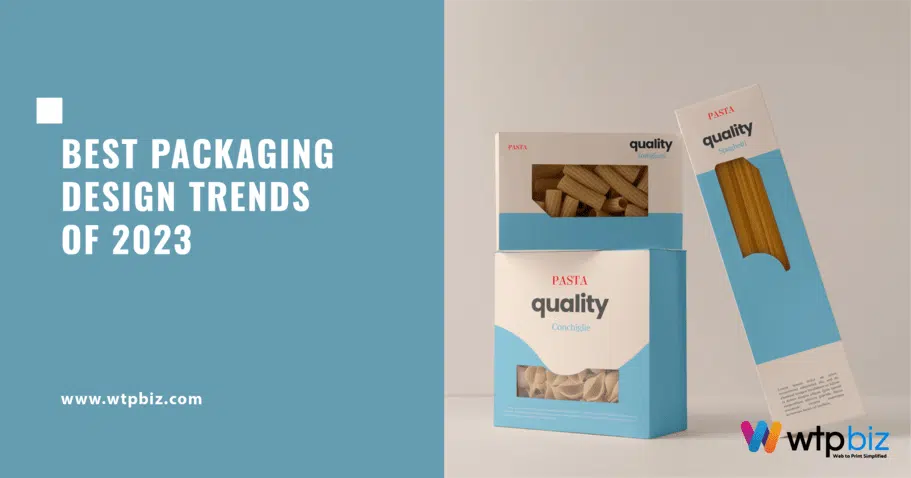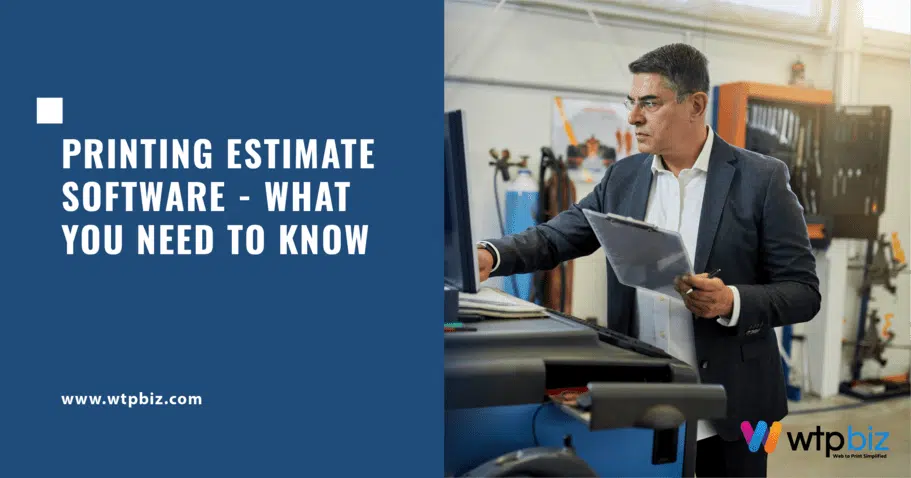Offset Vs. Digital Printing – What is the difference and Why you should care
Printing is printing be it using digital or offsets, so you may wonder the reason for differentiating digital printing to offset printing. If you have an online printing business selling brochures, business cards, custom apparel, leaflets, photo, and promotional products, you know you will have to create a print-ready design, layout, copy, color scheme, etc.
Digital Printing vs Offset Printing
All these can be done using web-to-print software easily. But you may wonder which printing technique should be preferred either digital or offset. So to make it easier for you to select the best-suited technique for your business, we have covered the major factors, benefits, and drawbacks of both of them. Stick till the end of the article and you will be taking your decision easily. How digital printing differs from offset printing?
Offset Printing:
Offset printing technology uses plates of aluminum to transfer the image onto a rubber “blanket”. The reason for offset being called offset is that ink is not directly applied to the print surface but is first transferred to the cylinder. These laser-etched plates affixed to the plate cylinder roll the ink in the shape of an image.
Benefits of offset printing:
- High-quality images which are distinct and clean without any streak or spots.
- Versatile and work well with every kind of material.
- Good color fidelity: Images with a perfect blend of balance in design and accuracy of colors.
- Better value for your money on large volume jobs. A good investment option with a high return on investments.
Few Drawbacks:
- High cost for small volume jobs.
- Time-consuming setup.
- In case of error, the process starts from beginning again.
Digital Printing:
Digital printing excludes all the mechanical steps and techniques like rubber, proofs, and plates. It directly applies the design on the printing surface with liquid ink or powdered toner. Different digital printing businesses may have different sizes of machines but the purpose of all is .’the same.
Benefits of digital printing:
- Fewer odd variations making each print identical.
- Economical for small volume jobs.
- Quick turnaround time.
- Easy to make changes within a single printing job.
Few Drawbacks:
- Not compatible with all materials.
- High cost for large-volume jobs.
- Lower quality crispness, and sharpness.
- Less color fidelity.
Consider these factors before choosing a printing process.
Depending on the type of your business, amount of work, and different prices, web to print will yield different results with both of these printing techniques. However, before deciding which technique you should select, consider these important factors:
- Size of the sheet: Digital printing allows the sheet size of 19 inches and
- 29 inches whereas offset printing allows the sheet size of 29 inches and 40 inches. So if you sell large-size banners and posters, prefer the offset printing technique.
- Shorter runs: Offset printing costs less in bulk jobs and more for smaller jobs as it requires more materials and more machinery setup. So for smaller jobs prefer digital printing and for large volume, jobs prefer offset printing.
- Materials required: Digital printing uses a limited number of papers and ink types and surface finishes. If you need a variety of ink types prefer the offset technique.
- Turnaround time: Digital printing takes less setup time than offset. If you believe in delivering fast results to your customers, choose wisely.
- Customization: If your customer requires different names on invites or business cards, go with the digital technology as changing information in a digital file is easier.
- Sample: If you wish to see first how your copy will look after being printed, choose the digital printing technique as plates in offsets are expensive.
- Speed: For a rush project or to create business cards in minutes, nothing can beat the speed of digital printing. For a long-print run with no personalizations, offset printers once set up usually run faster.
- Additional processes: If you wish to print special processes like foil stamping, embossing, or special coatings, offset printing is more suited for it as digital printing is not much receptive to the heat and pressure of foil stamping.
Do inkjet printers offer more advantages than electrophotographic printers?
This is the question you have to answer yourself according to your business requirements. In past years, significant growth is seen in the usage of inkjet printing in web 2 print company due to these reasons:
- Accuracy: With inkjet printing, customers can easily place an order on a small batch of items without altering the quality or overall costs. Though it may take more time than a laser printer, warm-up time is very low. This makes the process of receiving documents and printing faster.
- Customization: Getting high-quality images is the perfect reason to buy inkjet printers. Using them, we can create bright, and lively images with perfect tone and shading.
- Size: The size of the inkjet printers is more compact than a laser printer with almost similar print quality.
- Price: Inkjet models are comparatively cheaper than laser printers. The cherry on the top of the cake is that these printers are multifunctional giving you better ROI.
- Advanced technology: More online printing businesses are using inkjet printing as it has integrated manufacturing methods, one-pass operation completions, and linking prepress with printing.
Verdict
Your preference solely depends on your online printing business needs and you can easily decide which technique to prefer using the factors mentioned above such as image quality, volumes required, image size, individual needs, surface material, and delivery time.
For shorter runs, digital printing is more economical as it has less setup cost. For larger runs, offset is better as its price per piece is not static. If you wish to print 500 to 1000 copies, prefer digital printing and for more copies than that go with offset printing. For business cards, thank you notes, or invitations, if you want more than 500 colors, prefer offset. For posters, book jackets, and high-volume newspapers and newsletters, go with offset without thinking twice.
For a web 2 print company to get the perfect value for money, these pointers are enough to decide which way to go. So choose wisely and satisfy your customers accordingly.
